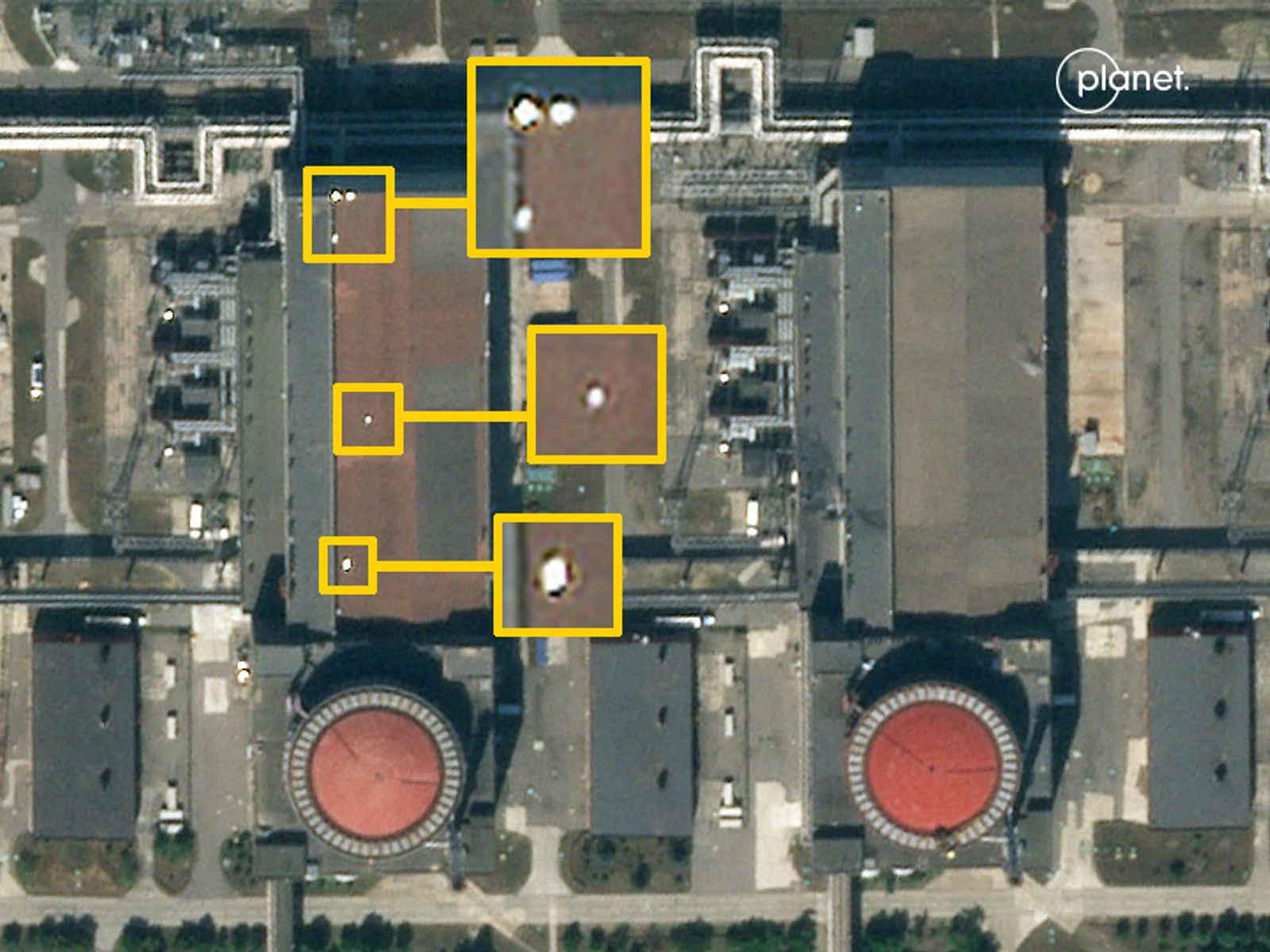If you have to go back to 1940 and Josef Stalin to find an example, it can't be much of a track record. I hear the Boston Tea Party was a false flag operation.
Katyn, on the other hand, was a cover‐up, not a false flag. It was done in secret.
Katyn is hardly an isolated or merely historic incident. Don't forget that the Soviet Union continued to deny responsibility for Katyn up to around 1990, when many of Russia's current leaders (including Putin) were Soviet officials.
If you limit the term 'false flag' to cases where the false attribution of blame was pre-planned and made public at the time of the incident, then I admit that Katyn was not a 'false flag'. But it seems a bit pedantic to limit it so narrowly. Surely the key point is that a perpetrator is trying to put the blame for his misconduct on someone else, often (though not in the Katyn case) the victim!
If you want a classic case of a Russian (sorry, 'Soviet'!) 'false flag' attack, we can go back to the start of the 'Winter War' against Finland, which began with an NKVD operation to fake a Finnish artillery attack. The Winter War has several parallels with the Russia-Ukraine conflict. The USSR assumed that it would all be over in 2 weeks, and Soviet soldiers were assured that they would be welcomed with open arms as 'liberators'.
The Winter War is an old case, but not an isolated one. This article by a Harvard historian lists others (unfortunately it is partly paywalled).
https://foreignpolicy.com/2022/02/04/false-flag-invasions-are-a-russian-specialty/
More recent examples tend to be controversial, since the relevant Russian archives have not been opened and may never be. But there are strong suspicions that terrorist attacks in Russia itself, that were used as a pretext for war on Chechnya, were planned by Russian agencies. See John Sweeney's book
Killer in the Kremlin.
In the broader sense, of attacks or atrocities carried out by Russia but blamed on its enemies, we are spoilt for choice. The best-documented is probably the shooting down of Malaysia Airlines Flight 17, which Russian-backed forces first celebrated as a successful downing of a Ukrainian military plane, only to hastily change their tune and blame it on Ukraine when it turned out to be a civilian airliner. Russia, of course, still denies any involvement.
Btw, I've never seen the Boston Tea Party described as a false flag attack, though historians point out that many of the participants were employed by tea merchants or smugglers who were personally affected by the British Government's measures, which overall reduced the price of tea by allowing direct imports from India. (See Andrew Roberts:
George III, p.230-1).

